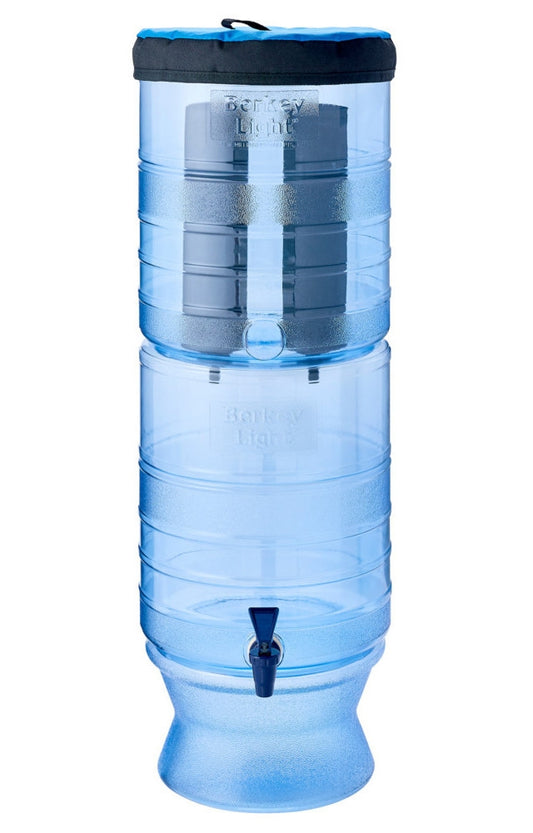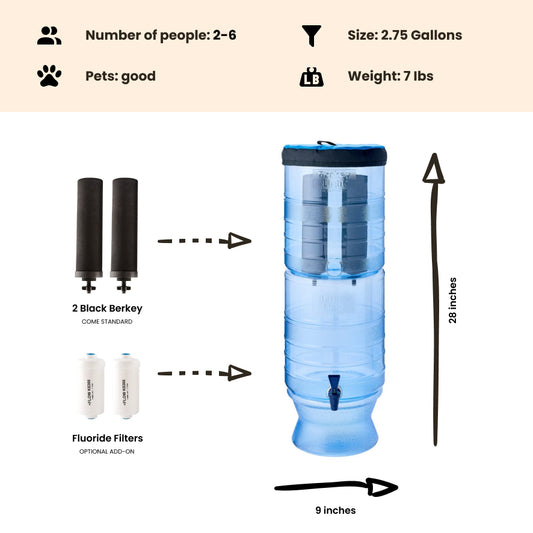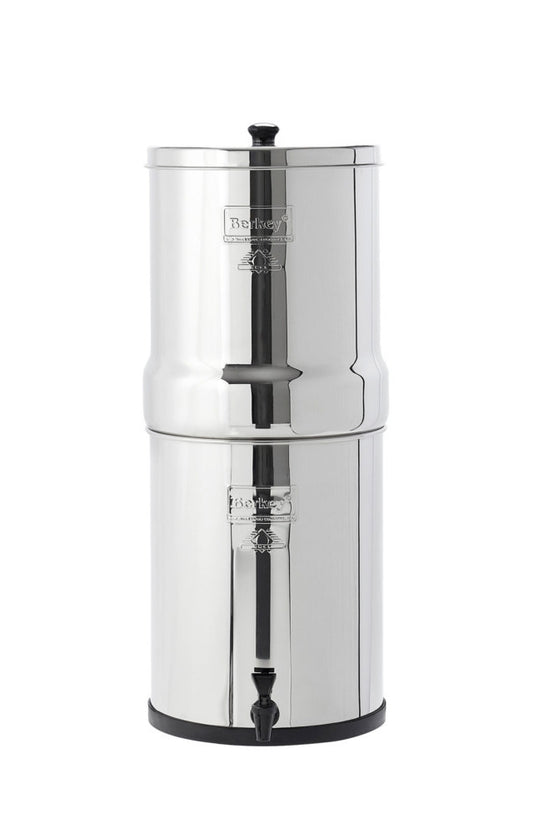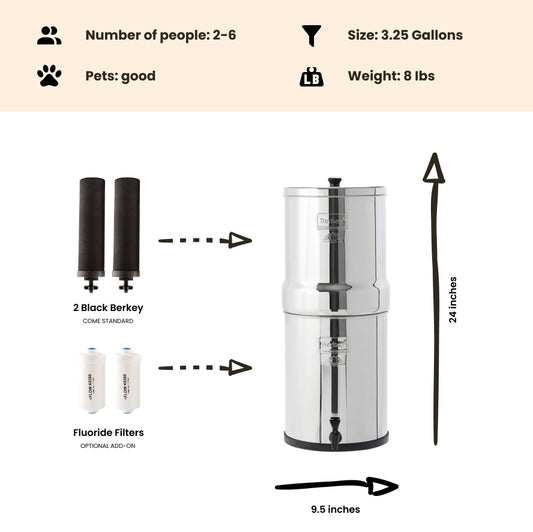
Uncovering Chemicals in Fracking Fluids Allows Testing for Water Contamination
By Dan DeBaunShare
Two new scientific studies have uncovered the organic chemicals found in fracking fluids. These will serve as a basis for testing water across the country for signs of contamination in aquifers, wells, lakes, rivers, and streams. It will also be a starting point for establishing future regulation of the industry if these direct impacts are now shown. The findings, which were published recently in the scientific journals Trends in Environmental Analytical Chemistry and Science of the Total Environment, reveal that fracking fluids contain organic compounds such as biocides, which can be potentially dangerous should they leach into groundwater.
While public awareness about the hazards of water contamination from fracking fluids has grown, the science supporting regulation has been lacking. According to the researchers, it is now time for science to catch up. By focusing research on water contamination from fracking fluids, it is likely that more attention will be cast on this in future, and as a result, improved regulatory measures will follow.
Fracking is the process used to extract natural gas and oil from shale deposits buried deep underground. Fracking fluid consisting of huge volumes of water laced with added chemicals is injected into wells under high pressure to forces fissures in rocks apart. Once the pressure is released, natural gas is recovered from the well.
The fracking fluids return to the soil surface as wastewater, which can contaminate both surface water and groundwater resources if not disposed of appropriately. Oil and gas operators add chemical compounds, such as pesticides that prevent bacterial or algal growth, but are very secretive about the ingredients added to these fluids. Consequently, until now, the organic content of fracking fluids remained unknown. The new research studies shed light on the organic components of fracking fluids and provide a method of detecting evidence of water contamination, together with suggested safe water recycling methods to prevent water contamination.
"A few years ago we started thinking that this could be a significant environmental water problem," explained lead author, Dr. Imma Ferrer, from the University of Colorado, Boulder, USA. "In some cases, the fluid has leaked from pipes and into groundwater. Before we can assess the environmental impact of the fluid, we have to know what to look for. If we find out what's in it, we can check if the groundwater is contaminated."
Past studies have assessed the inorganic content, such as naturally occurring radioactive elements and salts stemming from rocks and soils. These new studies focus on the organic compounds that operators add to fracking fluid.
Using a combination of mass spectrometry and liquid chromatography to identify organic compounds in the fluids, the scientists found about a quarter of the organic compounds they believe are present in fracking fluids, including biocides that are potentially hazardous compounds used to kill bacteria that may be present in the fracking fluid and/or well casing. Although they haven't found all the organic compounds they were looking for, the researchers feel that they have found the most important ones necessary to be able to test drinking water and groundwater resources for signs of contamination.
"It's really exciting because I realized there had been a lot of research done on inorganic compounds, but the organic ones had been left a little bit aside," said Ferrer. "We now have sophisticated analytical techniques we can use to investigate this relatively new area, and this is really our chance to use these tools to identify as many compounds as we can."
Hopefully this research will help prevent contamination of our water resources and help introduce new regulations to help protect our precious water resources from contamination in future.
Journal Reference
"Chemical constituents and analytical approaches for hydraulic fracturing waters" by Imma Ferrer and E. Michael Thurman (doi: 10.1016/j.teac.2015.01.003). The article appears in Trends in Environmental Analytical Chemistry, Volume 5 (February 2015), published by Elsevier.
"Characterization of hydraulic fracturing flowback water in Colorado: Implications for water treatment" by Yaal Lester, Imma Ferrer, E. Michael Thurman, Kurban A. Sitterley, Julie A. Korak, George Aiken and Karl G. Linden (doi: 10.1016/j.scitotenv.2015.01.043). The article appears in Science of the Total Environment, Volumes 512-513 (15 April 2015), published by Elsevier.
-
Regular price From $302.00 USDRegular priceUnit price / per
-
Regular price $234.00 USDRegular priceUnit price / per
-

 Sold outRegular price From $305.00 USDRegular priceUnit price / per
Sold outRegular price From $305.00 USDRegular priceUnit price / per -
Regular price $327.00 USDRegular priceUnit price / per
-
Regular price From $367.00 USDRegular priceUnit price / per
-
Regular price From $408.00 USDRegular priceUnit price / per
-
Regular price From $451.00 USDRegular priceUnit price / per

Dan DeBaun
Dan DeBaun is the owner and operator of Big Berkey Water Filters. Prior to Berkey, Dan was an asset manager for a major telecommunications company. He graduated from Rutgers with an undergraduate degree in industrial engineering, followed by an MBA in finance from Rutgers as well. Dan enjoys biohacking, exercising, meditation, beach life, and spending time with family and friends.
~ The Owner of Big Berkey Water Filters
















